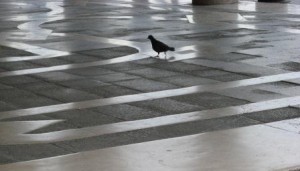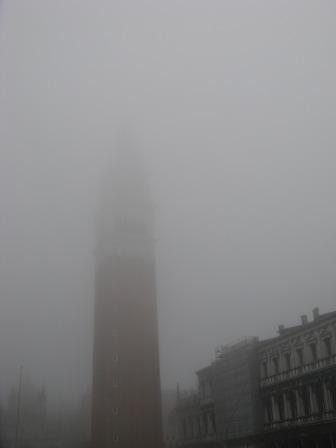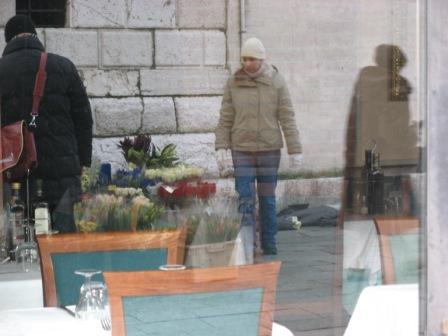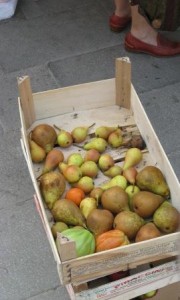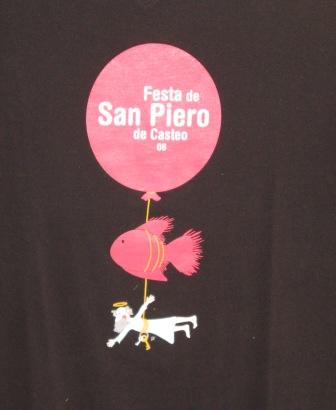Epiphany, which it says in the fine print is intended to commemorate the visit of the Three Kings to the Baby Jesus, offering him gold, frankincense, and myrrh, has metamorphosed over the centuries into a day dedicated primarily to a happy little hag known as the Befana. Her name, which I suppose could just as well have been Hepzibah or Basemath, is a homely mutation of the word Epiphany. You probably already figured that out.

Her connection to the day is gifts. No, of course children haven’t gotten enough of them yet. Are you mad? It’s been a whole 12 days since the last truckload of presents was dropped on them.
The Befana is a remarkable creature, and to love her you must get past your feelings about hook-nosed, snaggle-toothed harpies with broomsticks. She’s actually closer to honey and poplar syrup and agave nectar, all sweetness and no light. She flies at night.
Stockings don’t belong to Santa Claus, here they’re hung out tonight for the Befana to swoop through and fill with candy and doodads. In my day, a doodad might have been a Slinky. Today, it’s probably an iPhone.
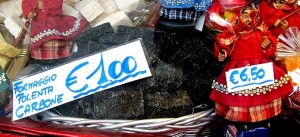
She is also liable to leave coal instead of candy, coal being the traditional judgment on Bad Children. But naturally by now a loophole has been found — created, actually — by inventing a candy that looks like coal. I’ve tried it, and it tastes exactly like what you’d think a block of black sugar would taste like. Not that black has a taste, but your imagination instinctively supplies one.
The Befana is always changing, always the same. Averaging out the thousands of versions crowding the candy stores and pastry shops, I’d say she was a combination of Dame Edna Everage and Jimmy Durante. I found one that looked like a distant cousin of Porky Pig, but I’m sure that was unintentional.
 There are many and deep significances to this observance which I won’t repeat now; my post last year covered most of them. I only note here that I am looking forward, as always, to detecting the smell tonight of woodsmoke blowing over from nearby farmland — Sant’ Erasmo, or, slightly further away, the settlements by the sea near Jesolo, Ca’ Savio, Treporti, smoke swirling out of the flaming bonfires which are lit in her honor.
There are many and deep significances to this observance which I won’t repeat now; my post last year covered most of them. I only note here that I am looking forward, as always, to detecting the smell tonight of woodsmoke blowing over from nearby farmland — Sant’ Erasmo, or, slightly further away, the settlements by the sea near Jesolo, Ca’ Savio, Treporti, smoke swirling out of the flaming bonfires which are lit in her honor.
I want to note — for the record, whoever may be keeping it, or reading it — that the occasional practice of burning the effigy of the Befana atop the pyre is historically wrong. Bonfires, yes, but with the purpose of disposing of a lot of dead plant material you have to get rid of before next spring’s planting. The “Vecia” (old lady) is more traditionally burned up at the middle of Lent, and some places still plan it that way.
Meaning no disrespect whatsoever to this venerable crone, I have to say that Venice once was swamped with cronish ladies, of various ages, whose mission in life was to patrol the family, and neighboring families, with relentless scrutiny. Now that neighborhood life has changed so much over the past three generations — television, sufficient heating, children moving away, and death have taken their toll on the dense agglomerations of terrifying, invasive, implacable old ladies who could smile like angels as they slashed your reputation to ribbons behind your back. I know this because Lino has told me Stories about them, and does a bloodcurdling impression of a typical conversation between a few of these matrons.
Even more, I can confirm that the Venetian language is gratifyingly rich in terms which describe the myriad nuances of ancient females. I don’t imagine I can do them justice on my own, even though they’re words you could hear every day and eventually begin to use instinctively in certain situations: Marantega, carampane, grima, sbetega, peocio refa‘, and many more, all have deliciously complicated meanings. The fact that there are so many words for the variations on these life-battered and -battering women (not to mention casual expressions to describe them, such as “Ugly as the plague,” “As ugly as hunger,” and so on), show the depth of feeling they inspired in everyone who knew them or even came near them, especially their families.

Marantega: [Ma-RAHN-te-ga]. The Befana is sometimes referred to as the “marantega barola” (barola meaning really old), but that is sort of a slur, in my opinion. A marantega, according to Grandesso, is primarily an ancient and misanthropic woman, dedicated to the cult of the dead in the sense that she keeps daily tabs on who has preceded her to paradise, spreading the news everywhere. This type of woman possesses a mournful sense of existence and is the town crier of every disgrace which occurs in her range of activity. In days gone by, one could find her in the performance of these duties in church, at the hour of saying the rosary, or vespers, in the act of delivering the last horrid news in the ear of yet another unfortunate biddy, chosen from among the meekest and most impressionable.
Carampana: [cah-rahm-PAHN-ah]. By now this term signifies a woman of decrepit agedness, who maintains presumptions of attractiveness and, for that reason, plasters her wrinkles with rouge and continues to dress in the style of the time when she was lovely. In general, she is a pathetic creature who, unfortunately, gives a helping hand to derision. In the past, however, this term literally meant “prostitute,” and can still describe a trollop who is old and out of service, and who, with her excessive makeup and her attitude maintains an equivocal air that is almost the stamp of her long-practiced profession. In fact, it was originally the name of the neighborhood near the Rialto which was the red-light district.

Grima: [GREE-ma]. Much worse than a sbetega. In this case it means a malignant woman who is, at the same time, aggressive and hard to neutralize. Mothers-in-law often belong to this category, but daughters-in-law also do pretty well for themselves.
Peocio Refa‘: [peh-OH-cho reh-FA]. Literally a made-over cootie. This is a person (who could also be a man) who has made money and enjoys a good financial position, remaining at the same time crude and mean-spirited, whose greatest pleasure consists of humiliating her neighbor, especially if that person is culturally superior to her. The northeast Veneto [and, may I add, much of the Lido] offers excellent examples of this species.

Otovario dei Morti: [Aw-to-VAH-ree-oh day MOR-tee]. I myself haven’t heard this term used in daily life around here, but the character it describes is eternal. Grandesso says that the “ottavario” was the word indicating the repetition of a religious feast, one that was particularly solemn or deeply felt, eight days after its first celebration. Therefore the Ottavario dei Morti was tied to All Souls’ Day, or the commemoration of the deceased. This term is given to a person who is sad, either in appearance or temperament, who only talks about depressing or funereal events, whether public or private, reaching the apex of pleasure when they are particularly disastrous. In the days of patriarchal families, this role was generally performed by widowed or spinster aunts, well along in years. These charitable women, having long since left behind the joys of the world, busy themselves in extirpating them as well in the hearts of relatives, friends, and acquaintances.
None of these expressions could ever be used for the Befana, though. She adores children and I myself don’t believe she cares what adults might think or say about her. You can tell she isn’t from around here.


